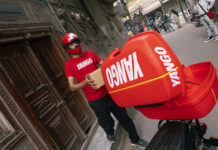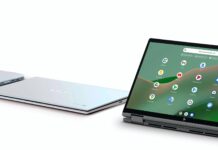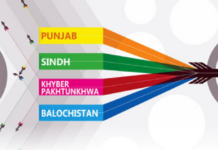The National Database and Registration Authority (NADRA) has significantly advanced its digital transformation drive, fully digitising the process of applying for identity cards and other official documents through its Pak ID mobile application.
According to NADRA officials, the app has emerged as one of the country’s most widely used public services, with more than 10 million downloads and over 1.2 million applications submitted in just the past three months. On average, more than 10,000 cases are processed daily via the application, which enables citizens to complete biometric verification, upload documents, and track applications directly through their smartphones. This has contributed to a 45 per cent increase in digital applications.
In addition to the app, NADRA is introducing new digital facilities to make services more accessible. Last month, the authority announced plans to increase the number of registration counters in Karachi from 359 to 550 by the end of the current fiscal year. The counters, spread across mega and National Registration Centres, are being expanded to enhance service delivery.
One of the most significant new initiatives is the launch of an online “Proof of Life” feature in the Pak ID app, primarily aimed at pensioners facing challenges with fingerprint verification due to age or health issues. NADRA’s Director of Media, Syed Shabahat Ali, told The Express Tribune that close family members, such as a son or daughter, would also be able to assist elderly users in completing digital verification.
Ali further urged citizens to ensure timely registration of key life events — births, marriages, marital status changes, and deaths — with their union councils, as these provide the foundation for accurate digital records.
To further strengthen its e-governance framework, NADRA has also begun local manufacturing of ATM-style self-service kiosks for identity card renewals and other registration services. The kiosks will first be installed at Karachi mega centres, followed by expansion to airports, railway stations, shopping malls, and other high-footfall public spaces.























